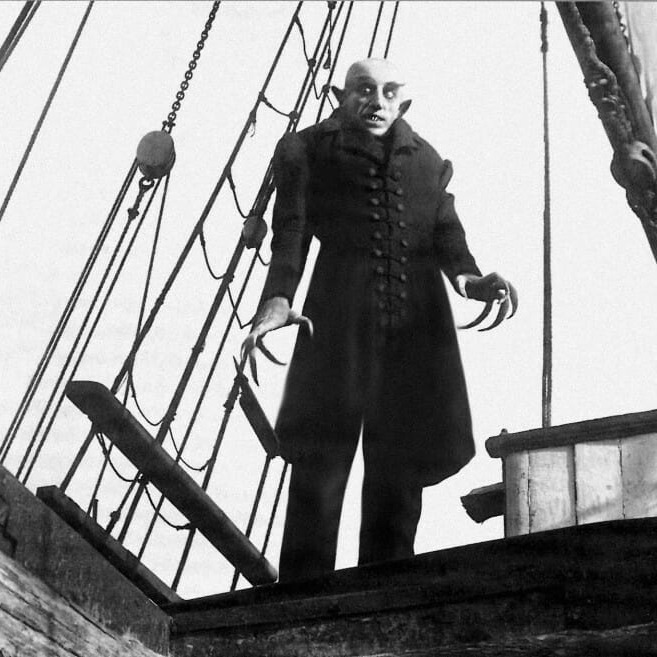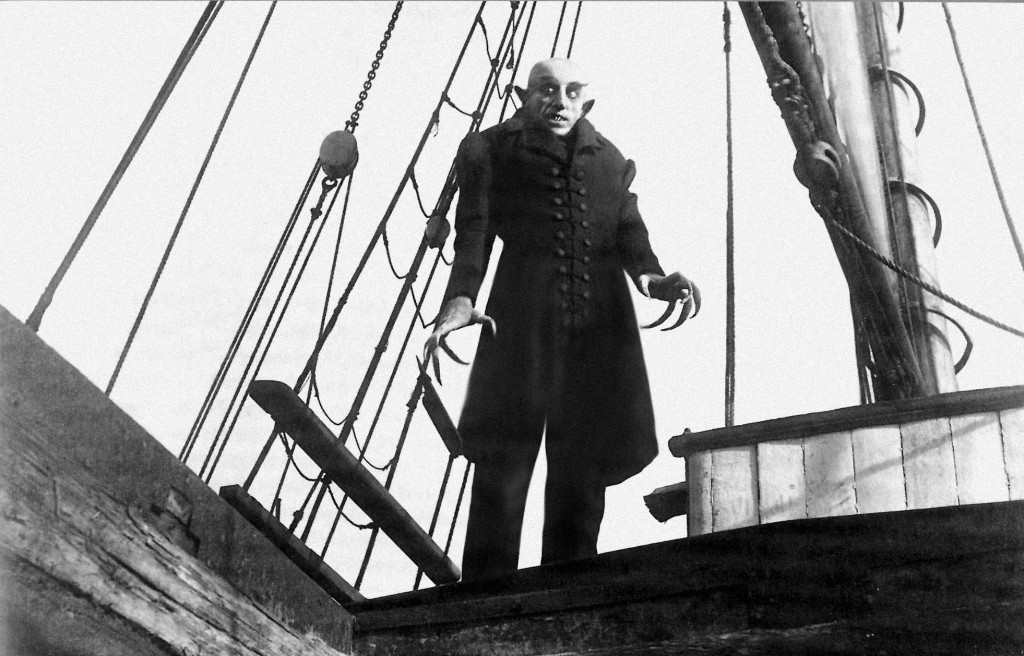
Hollywood horror lost in the dark
Horror movies grew out of the rubble of post-war Germany like a psilocybin mushroom sprouting from the front lawn of a cop station.
Horror movies grew out of the rubble of post-war Germany like a psilocybin mushroom sprouting from the front lawn of a cop station. Something unexpected in the face of imperial violence. Nosferatu (1922), the first screen vampire, stalked black and white footage like a silent apparition—the shadow of wartime angst—awkwardly carting his grotesquely curled hands into the darker hallways of imagination.
Where there’s destruction, there’s art; where there’s the violence of state control, there’s a subterranean imaginative response. This is how worlds are made, just watch Guillermo Del Toro’s beautiful Pan’s Labyrinth (2006) which contrasts the true horror of the Spanish civil war with a little girl’s lyrical underworld—her psychic attempt to comprehend the ugly insanity of the war. The power of that movie is to make you feel the fable is real, that the true shadow world might be the historical one where people kill their brothers for ideology.
Horror has become a bankable genre. Scream (1996) and Nightmare on Elm Street (1984) are full of teenage angst, and a ghoulish little thing called Carrie: The Remake (2013) reflects Hollywood’s angst—at being so damned unoriginal. Maybe horror fans enjoy being punished. That would explain the sadomasochism of Hollywood’s sequel machine.
But then, you don’t need to dose yourself with shrooms to see that the most enchanting art is often right in front of you. Jason Eisener lives in Dartmouth and he directed 2011’s schlocker Hobo With A Shotgun, which re-imagines a city (looking remarkably like Halifax lit in post-apocalyptic exploitation hues) so degenerative that justice falls in the hand of the most unlikely hero.
Maybe not your typical idea of enchantment, but there’s alchemy in dark humour, in aestheticizing ugly, primal realities—even if, instead of running from your fears, you’re just sitting in front of a screen.







